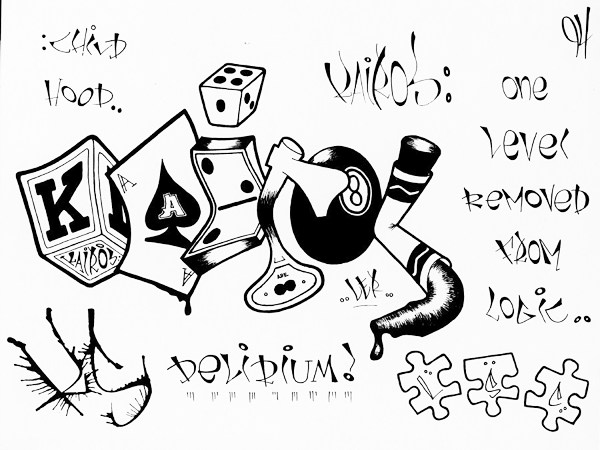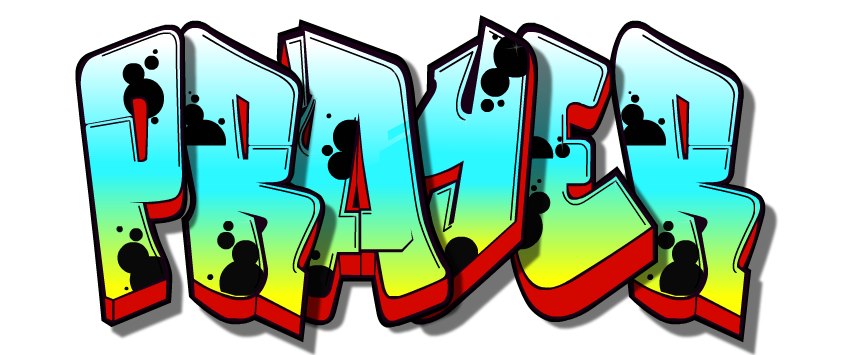Graffiti is evolved from a delinquent street activity to art. Although in many circles, this may still be debatable, in today's popular culture graffiti is recognized as an art form. In addition to wall murals, graffiti covered furniture, pictures and wall murals are elements of urban home décor.
The Origin of Graffiti
The word - Graffiti - is the plural form of the Italian word "grafficar" which means: drawings, messages, scribbles, patterns, or wall writings or scratches. Its origins date back as far as cave drawings in prehistoric times, on walls and monuments in ancient Egypt as well as ancient Greece.
The graffiti that we know today first surfaced in the late 1960's in New York City. At this time teenagers would write their names and street number on subway cars. This was known as "tagging" the way many youths were able to gain recognition throughout the city. Later on the trend was found in Philadelphia where the names "Top Cat" and "Cornbread" were well known throughout the city.
When spray-paint entered the picture, the art of graffiti evolved into colorful graphics. With these new tools gave way to more creative collections of forms, style and color were implemented on the streets. At this point graffiti was divided into two groups: the taggers and the artists. Taggers who lacked the artistic flair would use multiple colors and change their style in order to stand out amidst the colorful collages that were starting to cover the streets.
Those with a more artistic flair were able to use more complicated styles in their tags such as painting straight letters to look as though they are 3D. Artists would also produce large-scale multi colored productions with known cartoon characters in addition to the artist's brand or name. This is the point where graffiti evolved from simply writing or scribbling one's tag to a more creative and form of imagery.





















.jpg)


